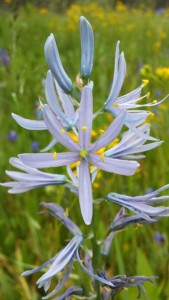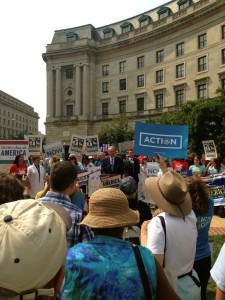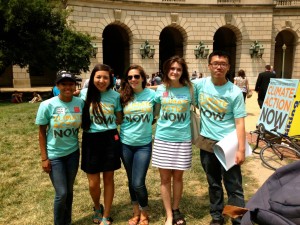 Guest Blogger Reilly Anderson
Guest Blogger Reilly Anderson
I applied for the Clinical Care Extender internship because I want to be a doctor, and Cope Health Solutions gives their volunteers the unique, immersive opportunity to be trained and involved in patient care–almost to the extent of a certified nursing assistant—with less experience.
During this summer rotation, I worked in the Definitive Observation Unit, which also included the Neuroscience Unit. I learned how to connect and monitor heart leads on patients, take vital signs, change, discharge, move, walk, and bathe patients. I got the opportunity to work with patients who have suffered from cardiac arrest, strokes, and other heart and brain related health problems. This summer I learned a lot for my skillset and I was able to narrow down my career path.
I found that working with stroke and cardiac patients is not my calling. While I enjoyed the patients who connected with me and I learned a lot about how to have a good bedside manner, I realized it is not a population that I am passionate about working with and for. There is little to no opportunity for prevention practices, just intervention. Learning this about myself was really useful and would not have been possible prior to my rotation in that department.
Though I still am not certain what path I want to take in my medical career, many doctors tell me it’s important to try a little bit of everything in order to ascertain what I don’t want. I now know that I do not want to do anything related to the heart or brain and I most likely want to go into pediatrics or something that works with younger populations, which I will get to experience next rotation in the Mother Baby Care Unit. I am very excited to have the opportunity to work with the polar opposite population from my department this summer and experience the miracle of birth while working with new mothers and their infants.
I would strongly recommend this internship to any who are interested in healthcare because it truly gives its interns more experience than any other program I’ve heard of. I would advise any intern who decides to apply for the Clinical Care Extender internship through Cope Health Solutions to do project hours in order to get an assignment of their choosing. I would also advise them to think carefully about what they think they do and don’t want to do in a clinical setting as a healthcare professional, but then to leave their preconceived notions at the door.
I would not have been able to have this experience of learning what I do and don’t want in terms of both specialization and role in the hospital without the internship grant. I am incredibly grateful to have been given the opportunity to work in a hospital and gain experience in healthcare.








